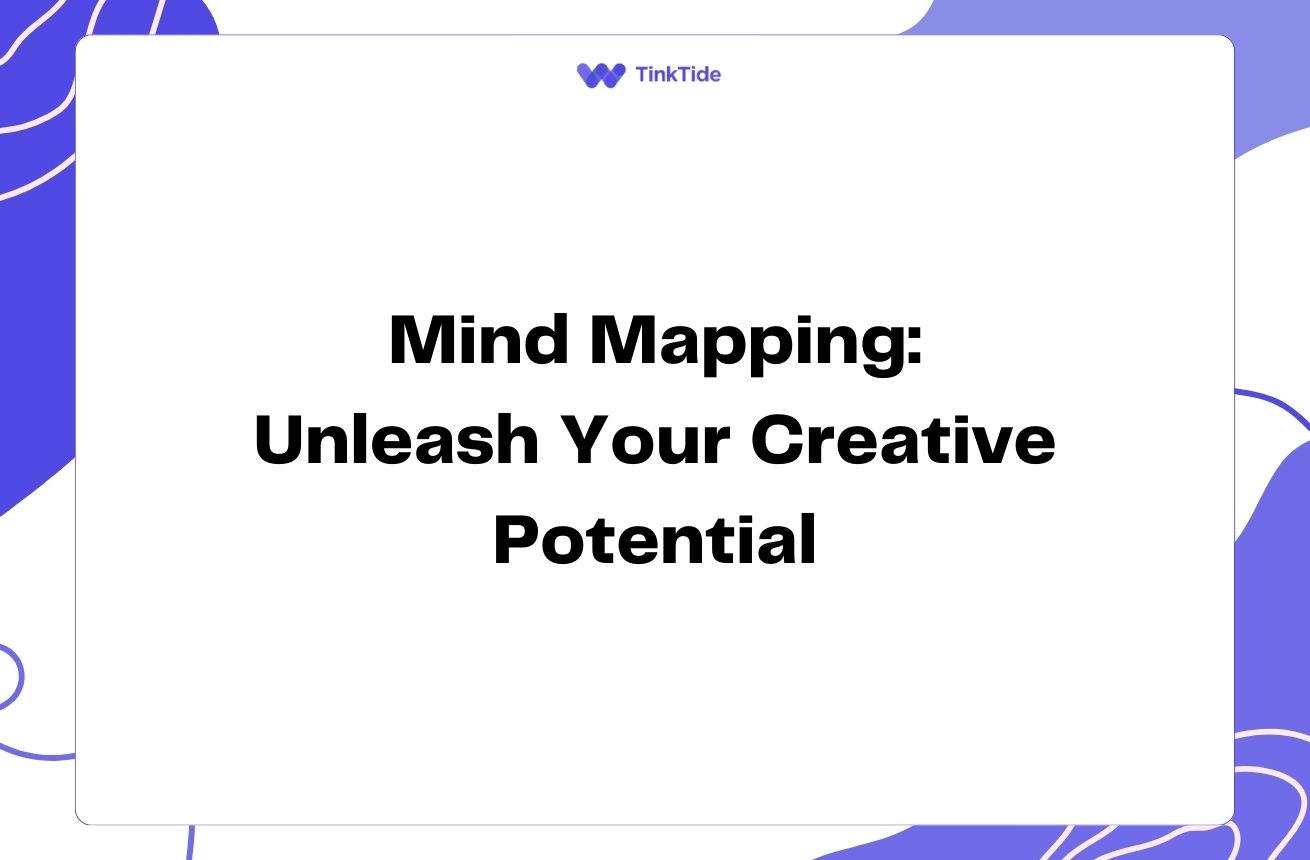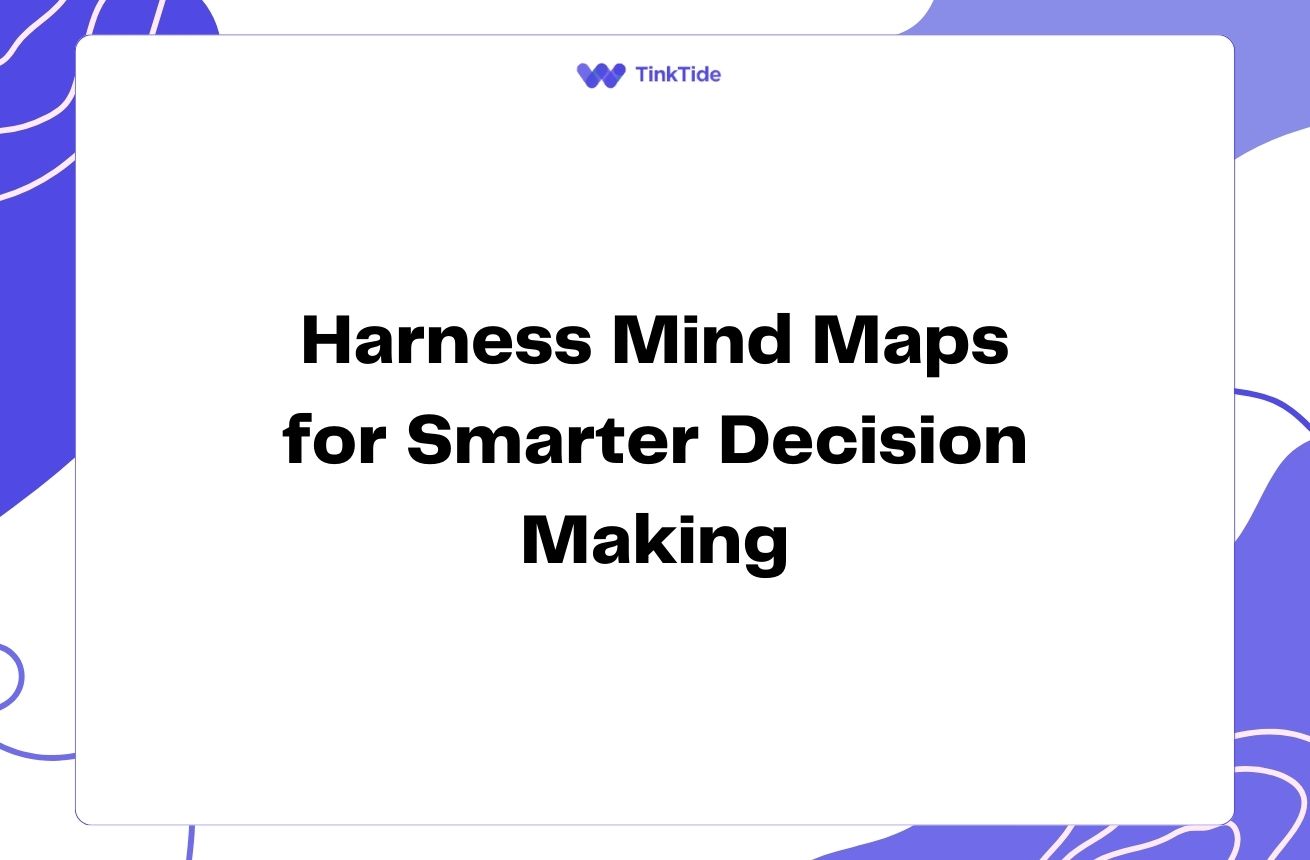Top Mind Mapping Software Tools: A Comprehensive Review
Introduction to Mind Mapping Software
Mind mapping software has revolutionized the way we brainstorm, organize ideas, and visualize complex information. These digital tools offer a dynamic and flexible approach to capturing thoughts and connecting concepts. In this article, we'll review and compare the top mind mapping software tools available in the market, helping you choose the best option for your needs.
Mind mapping software allows users to create visual diagrams that represent ideas and concepts, showing relationships between different elements. These tools can be used for various purposes, including project planning, note-taking, problem-solving, and creative brainstorming.
As the demand for efficient visual thinking tools grows, the market has seen an influx of mind mapping software options. Each tool offers unique features and capabilities, catering to different user preferences and requirements. Let's dive into a comparison of the top contenders in this space.
Key Features to Consider
Before we compare specific software tools, it's important to understand the key features that make a mind mapping application stand out. Consider the following aspects when evaluating mind mapping software:
- User interface and ease of use
- Collaboration capabilities
- Cross-platform compatibility
- Integration with other productivity tools
- Customization options
- Export and sharing features
- Price and licensing model
MindMeister: The Collaborative Powerhouse
MindMeister is a cloud-based mind mapping tool known for its excellent collaboration features. It allows multiple users to work on the same mind map in real-time, making it ideal for team brainstorming sessions and group projects.
Key strengths of MindMeister include its intuitive interface, seamless integration with other productivity tools like MeisterTask, and the ability to easily share and present mind maps. The software also offers a variety of templates to help users get started quickly.
While MindMeister excels in collaboration and ease of use, some users may find its customization options somewhat limited compared to more advanced tools. However, for teams looking for a straightforward, web-based solution, MindMeister is an excellent choice.
XMind: The Feature-Rich Option
XMind is a powerful mind mapping tool that offers a wide range of features and customization options. It's available for desktop (Windows, Mac, Linux) and mobile devices, providing flexibility for users who work across different platforms.
One of XMind's standout features is its ability to create various types of diagrams beyond traditional mind maps, including fishbone diagrams, timelines, and org charts. The software also offers robust export options, allowing users to convert their mind maps into presentations, PDFs, or images.
While XMind's feature set is impressive, the learning curve can be steeper for new users compared to simpler tools. Additionally, real-time collaboration is not as seamless as with cloud-based alternatives. However, for power users who prioritize functionality and customization, XMind is a top contender.
Coggle: The Simplicity Champion
Coggle stands out for its clean, minimalist interface and focus on simplicity. This web-based tool is perfect for users who want to create mind maps quickly without getting bogged down in complex features.
Despite its simplicity, Coggle offers real-time collaboration, automatic saving, and the ability to add images and links to mind maps. The free version is quite generous, making it an excellent option for individuals or small teams on a budget.
While Coggle may lack some of the advanced features found in other tools, its straightforward approach and ease of use make it a popular choice for students, educators, and professionals who need a no-fuss mind mapping solution.
Choosing the Right Mind Mapping Software
Selecting the best mind mapping software depends on your specific needs and preferences. Consider the following steps when making your decision:
- Identify your primary use case (personal, team collaboration, complex projects)
- Determine your budget and preferred pricing model
- Consider the platforms you'll be using (web, desktop, mobile)
- Evaluate the importance of specific features (e.g., real-time collaboration, advanced customization)
- Try out free versions or trials of different tools to get hands-on experience
Emerging Trends in Mind Mapping Software
As technology evolves, mind mapping software continues to incorporate new features and capabilities. Some emerging trends in this space include:
Artificial Intelligence (AI) integration: Some tools are beginning to use AI to suggest connections between ideas or generate content based on existing map elements.
Virtual Reality (VR) mind mapping: Experimental VR applications are exploring new ways to create and interact with mind maps in three-dimensional space.
Enhanced data visualization: Mind mapping tools are increasingly incorporating advanced data visualization features, allowing users to create more complex and data-driven diagrams.
Address common questions
Here are some frequently asked questions about mind mapping software:
What is the best free mind mapping software?
For free options, Coggle and the basic version of MindMeister offer excellent functionality. Freeplane is another powerful, open-source alternative for desktop users.
Can mind mapping software be used for project management?
Yes, many mind mapping tools can be used for project management. Some, like MindMeister, even integrate directly with task management tools. Mind maps can be great for outlining project scope, timelines, and resource allocation.
Is mind mapping software suitable for students?
Absolutely! Mind mapping software can be incredibly helpful for students in note-taking, essay planning, and studying. Many tools offer student discounts or free educational versions.
How does mind mapping software compare to traditional pen-and-paper methods?
Digital mind mapping tools offer advantages like easy editing, collaboration, and integration with other digital resources. However, some users may prefer the tactile experience and freedom of pen-and-paper. The best method often depends on personal preference and specific use cases.
Can I use mind mapping software on my mobile device?
Many mind mapping tools offer mobile apps or responsive web interfaces. MindMeister, XMind, and Coggle all have mobile options, allowing you to create and edit mind maps on the go.
Provide additional resources
Mind Mapping for Beginners
A comprehensive guide to getting started with mind mapping
Comparison of Mind Mapping Software
Wikipedia's extensive list and comparison of mind mapping tools
The Science of Mind Mapping
Scientific American article on the cognitive benefits of mind mapping
Mind Mapping in Education
Edutopia's guide on using mind maps in educational settings
Advanced Mind Mapping Techniques
XMind's blog post on taking your mind mapping skills to the next level
Conclusion
Mind mapping software has become an essential tool for visual thinkers, project managers, and anyone looking to organize ideas more effectively. While MindMeister, XMind, and Coggle represent some of the top options in the market, there are many other excellent tools available to suit various needs and preferences.
By considering your specific requirements, trying out different options, and leveraging the unique features of each tool, you can find the perfect mind mapping software to enhance your productivity and creativity.
Remember, the best mind mapping tool is the one that fits seamlessly into your workflow and helps you capture and organize your ideas with ease. Don't hesitate to experiment with different options to find your ideal match.
Elevate Your Productivity with Mind Mapping
Ready to transform your brainstorming and idea organization? Try our recommended mind mapping tools today!
Start Your Free Trial

